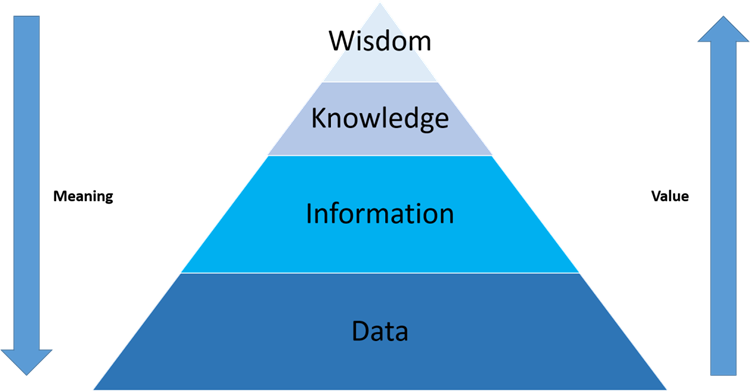The shift from static to conversational process documentation is revolutionizing organizations across industries, driving agility and collaboration.
The Problem: Static Documentation in a Dynamic World
Ever wondered why process transformation projects often feel tedious, costly, and one-dimensional? The reality is that processes are inherently multi-dimensional, more like a multiplayer game than a solo mission. They involve multiple stakeholders and teams working together. So why is the documentation that guides these teams often so static and dry? This disconnect is one of the key reasons transformation projects struggle with agility and face a high risk of failure. The communication simply isn't real-time.
When designing or describing a process, successful projects typically bring together stakeholders from each sub-area or department. But once that initial collaboration ends, the process often stagnates.
Why? Because restarting that motion is hard:
- Teams are geographically distributed.
- Stakeholders have different priorities and timelines.
- Change management and training costs are high.
In many cases, change management becomes the deciding factor for success or failure.

The Vision: Conversational Process Documentation
Imagine a system where process documentation is purely conversational. Stakeholders simply describe the process they follow in natural language, and the system understands, visualizes, and structures it into usable knowledge.
“Knowledge is structured information, and information is structured data.”
A system that can translate natural language into structured process knowledge and further distill it into data for other systems, would dramatically reduce inertia. It would empower stakeholders to create and consume process knowledge effortlessly.

Why Conversational Intelligence Changes the Game
Consuming evolving knowledge has always been a challenge, especially for change management and training. But what if learning a new process was as simple as talking to the expert who created it?
AI-powered conversational systems can:
- Capture process knowledge in real-time, directly from stakeholders.
- Translate natural language into structured process data.
- Make change management and training intuitive and accessible.
- Keep documentation always current and always aligned with how people communicate.
Instead of outdated static documents, teams get living playbooks, dynamic, interactive, and ready to adapt to change.
The Future Is Conversational
With the rapid pace of AI innovation, this shift isn’t just possible, it’s inevitable. Soon, users will expect conversational process documentation by default.
If your organization wants transformation projects to be more agile, more collaborative, and future-ready, now is the time to explore Mavim’s intelligent, AI-inclusive platform.
Read more: ConversAI, ConversAI FAQ